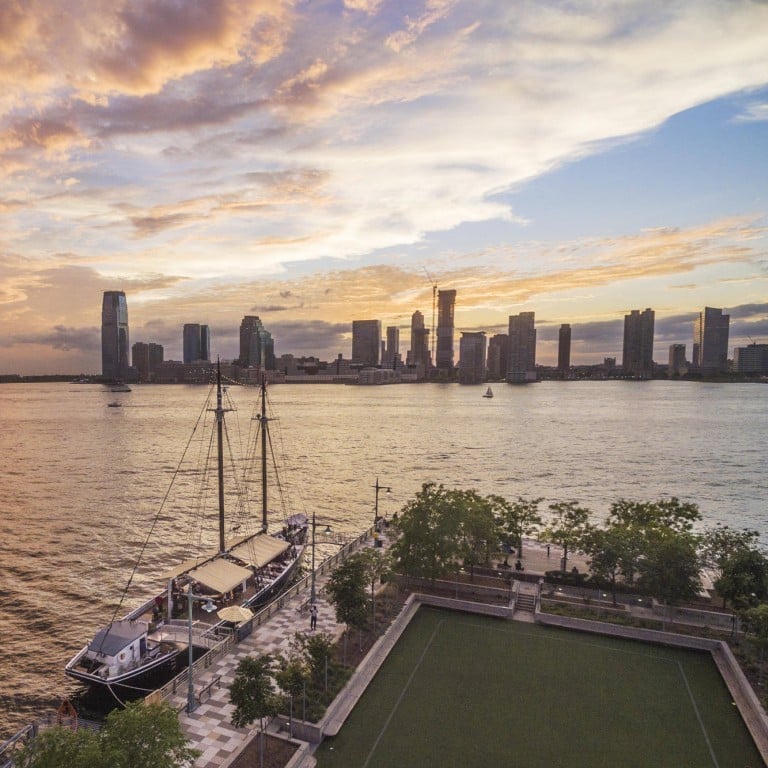How to eat oysters in style

An oyster's flavour, size and rarity are the key things to consider when choosing the delicacy, but chefs are also experimenting with their age
Forget about the pearls. Oysters are having their moment. They were plentiful in the 19th century and were mostly eaten by the working class as a source of protein. In fact, on any given day, six million oysters could be found on barges tied up along New York City's waterfront. Some say that's what kick-started the city's now famed food scene.
In his book , author Mark Kurlansky wrote: "The history of the New York oyster is a history of New York itself - its wealth, its strength, its excitement, its greed, its thoughtfulness, its destructiveness, its blindness, and - as any New Yorker will tell you - its filth." And that is the beautiful story of oysters in a shell, literally.
But today, into a new century, oysters carry much more of a finesse with them. Some varieties have become rare, some are being engraved for uniqueness and others are proving to be perfect for celebrations of the Great Gatsby kind or for an everyday little decadence.

It was American dancer Isadora Duncan who said: "Before I was born, my mother was in great agony of spirit and in a tragic situation. She could take no food except iced oysters and Champagne. If people ask me when I began to dance, I reply, 'In my mother's womb, probably as a result of the oysters and Champagne - the food of Aphrodite'." And so the mystique, and decadence, of oysters continue with the word "merroir" (think "marine terroir") as its chauffeur.
"The concept of 'merroir' - that an oyster takes on the flavour and essence of the water in which it's grown - is starting to take root in China, and the Chinese are looking for more flavour experiences rather than just valuing size or enjoying the species", says Travis Croxton, co-owner of Rappahannock Oyster Company in Virginia, US. "Capitalising on that concept, there are many new oyster bars that are pushing variety instead of familiarity, such as Plump Oyster, The Nest and others in Shanghai." And, like wine or whisky, oysters are becoming less a slug (appetiser, in their case) and much more a true panache delicacy.
And Kerry Heffernan, chef of Grand Banks in New York and the brand new Seaworthy at the Ace Hotel in New Orleans, agrees. "Our guests are enthralled with the subtleties and differences between oysters that exist only a few miles apart, in places like the Peconic Bay region in the Hamptons."

But it's not just about the regions anymore, everything is becoming important - from the oyster's place of growth, to its ethical and environmental impact and all the way to its age before being harvested.
Heffernan has, in fact, been experimenting with older oysters. "We have recently been experimenting with very large oysters - five years and older - and it's fascinating to dissect them with a knife and fork to see the different flavour profiles of the belly, the abductor muscle and the gills," he says.
Ryan Croxton, the other owner of Rappahannock Oyster Company, says: "We're working with Jose Andres [the famous Spanish chef] on an aged oyster, where we're taking our oysters to five years or more to see how the age affects the flavour. When these come to market, they'll be available in China, and given the age will be priced accordingly." But, the ageing trend is still in its infancy, and growers and chefs are experimenting heavily.